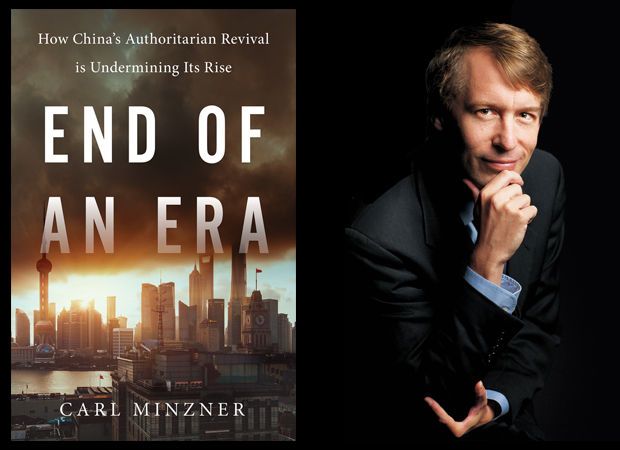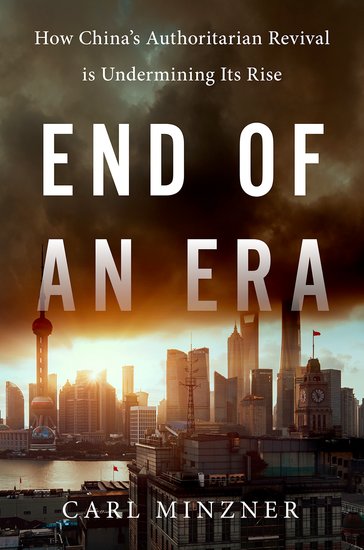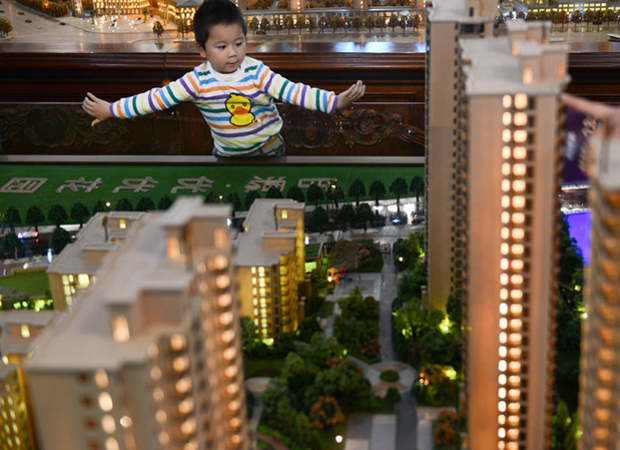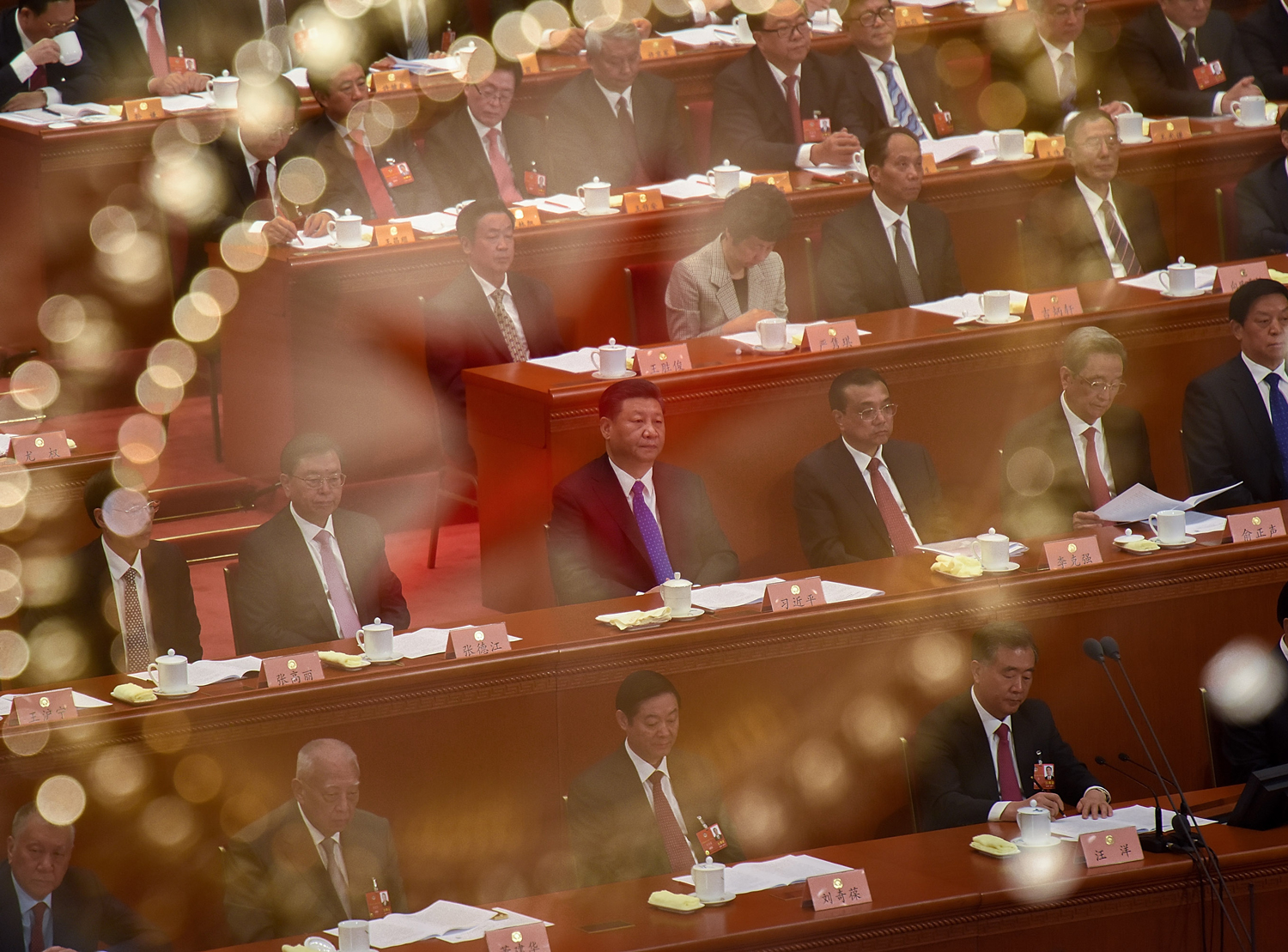Political stability, ideological openness, and rapid economic growth were the hallmarks of China’s post-1978 reform era. But they are ending. China is entering a new era—the counter-reform era.
This is not entirely bad. For some in China, it is creating space to address reform-era excesses, such as rampant ecological damage, stark social inequality, and a cultural heritage badly damaged in the rush to modernize.
But there is also a very dark side. What kept China stable during the reform era can be summed up in a single phrase: partial political institutionalization. The last two decades of the 20th century saw the rise of an increasingly steady set of norms in China to govern state and society alike:
- An increasingly norm-bound politics of elite succession;
- A depoliticization of the bureaucracy, marked by the decline of factional purges and the rise of meritocratic norms;
- Steady institutional differentiation, with top Chinese Communist Party (C.C.P.) leaders handling more clearly defined portfolios and state-owned enterprises (SOEs) responding to market pressures;
- The emergence of bottom-up “input” institutions—local elections, administrative-law channels, and a partly commercialized media airing popular grievances—that gave citizens a limited political voice and helped boost state legitimacy;
- New channels that helped give the rising new economic elite a sense of being invested in both China’s future as well as in the existing Party-state;
- An ideological stance open enough to welcome a broad range of domestic social constituencies and foreign institutional innovations alike.
These all are now unwinding. Some—such as semi-competitive local elections or assertive domestic media outlets—have quietly given way since the early 2000s in the face of renewed state controls. Since Xi’s rise in 2012, other norms have been broken more dramatically.
The reasons for the unwinding are twofold. First, Beijing has systematically undercut its own bottom-up reforms. Over the past three decades, a regular pattern has developed. Individual leaders sponsor reforms to address latent governance problems. Doors open. Citizens start to use them to participate politically. Villagers begin to organize around semi-open elections. Public-interest lawyers explore new legal channels. Social media start to take shape as a forum for citizens to air grievances. At that point, central Party authorities get nervous. They see shades of 1989 and step in to put a lid on things. Reforms are smothered, activists detained. For precisely this reason, China has remained locked in a one-step forward, one-step-back dance since the 1990s, with the Party regularly deinstitutionalizing everything outside its own walls.
Books
03.09.18

End of an Era
Naturally, this is a problem for Chinese society. It robs social activists of the gradual evolutionary path toward becoming a moderate, institutionalized political force. But it is a problem for the rulers too. Absent effective internal or external checks, authoritarian one-Party rule has fused (since the 1990s) with the fastest accumulation of wealth in human history to produce vested political and economic interests that are both highly corrupt and deeply resistant to change—the Chinese analogue of the K Street lobbyist–U.S. Congress nexus, but without even the shadow of elections, judicial oversight, or a free press as checks.
Now put yourself in Xi Jinping’s shoes. You know that China faces deep economic and social challenges. You sense that the Party itself has gone badly astray. Yet you lack any external institutions to rectify it. Nor is there an alternative political force—such as the organized opposition movements that emerged despite authoritarian rule in Taiwan and South Korea—that you might employ as a counterweight. (Not that you would even remotely entertain that notion: the lessons of 1989 run too deep.) What would you do?
Here we come to the second reason for the shifts noted above. Xi appears to have concluded that his only path to a breakthrough requires him to tear up the existing rules—reversing many if not all of the partially institutionalized internal Party norms that top China scholar Andrew Nathan noted back in 2003. Politicized anticorruption purges of rivals. Centralization of power in his own hands. Cultivation of a populist image. An ideological turn toward nationalism and cultural identity. These are not mere transitory policies. For Xi, they are absolutely fundamental shifts necessary to address the crisis he sees facing China.
He may be right. Optimists can point to his efforts at fiscal and economic reform. They can cite his efforts to strengthen Party disciplinary and legal systems as indications that he will build new political institutions on the ashes of the old. Perhaps Xi does indeed belong to that rarest of all rare breeds—the benevolent authoritarian emperor who presides wisely over the remodeling of China, while ruthlessly crushing dissent in the process.
Conversation
07.21.15
Is China’s Reform Era Over and, If So, What’s Next?
Moreover, there are still several key reform-era norms that have not yet been breached. The ideological redefinition of China remains embryonic. Marxist dialectics still figure in C.C.P. speeches even as Confucian quotations proliferate. And Chinese state television, unlike its Russian counterpart, continues to promote interethnic harmony rather than rank appeals to majority-group chauvinism. Most importantly, Xi has drawn a clear line at social mobilization. For all of his invocation of Mao-era symbolism, there has been no sign that he intends to resort to mass movements.
But China is now steadily cannibalizing its own prior political institutionalization. Observers such as David Shambaugh, who once pointed to such institutionalization as a source of stability for the Party-state, are sharply revising downward their evaluations of the system’s sustainability. Others have begun to speculate openly whether reform-era policies limiting top Party leaders to 10 years in office might be next to go, with Xi Jinping perhaps trying to extend his rule well beyond 2022. [Note: Last week, Party authorities announced plans to scrap the constitutional two-term limit on Xi Jinping’s role as president of China, clearly signaling precisely such an intent.] Uncertainty hangs in the air. Chinese with the most to lose are diversifying against risk—placing their money in Vancouver real estate and their children in U.S. colleges, and seeking passports from one or another of the small Caribbean nations that offer citizenship for sale.
The events of 1989 did not resolve the core question of China’s political future. Nor did they put it on hold indefinitely. Rather, they launched a cascading set of effects that have swept through China’s politics, economy, and society in the years since. The resulting reverberations have now begun to dislodge core elements of the institutional consensus that has governed China for decades. A new future is slouching toward Beijing to be born.




